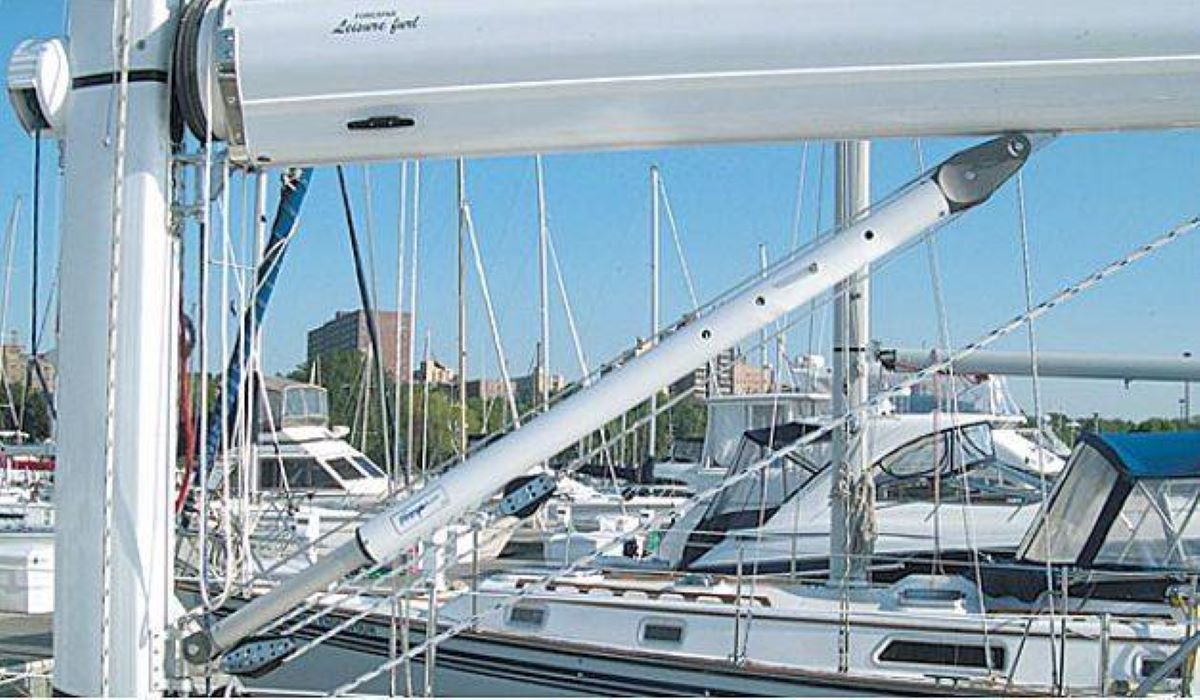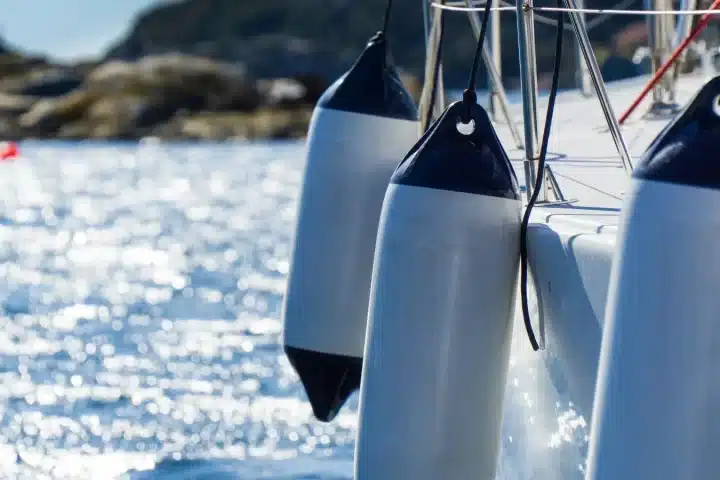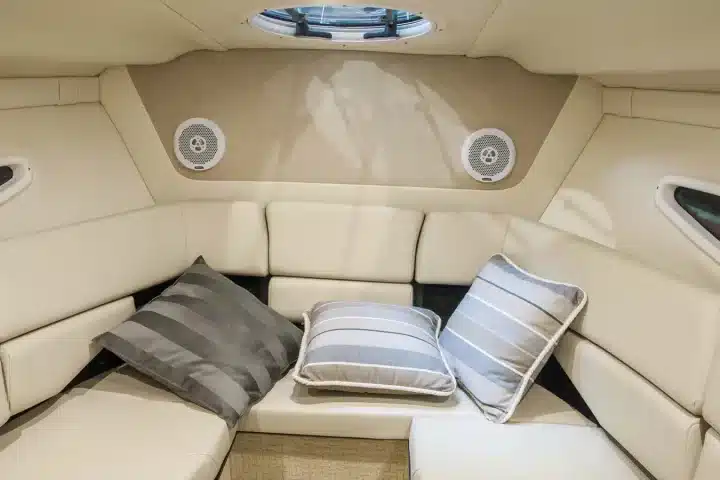The kicking strap, whose use is often underestimated, has a decisive effect on mainsail trimming
If many, indeed too many, 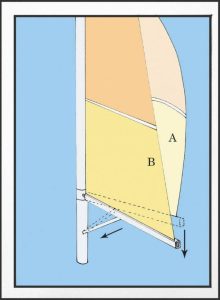
Actually, it is an important rigging because it not only serves to hold the boom down when sailing upwind, but also has a decisive effect on mainsail trimming. And especially today, when on modern boats and not only on dinghies, we find mainsails with no mainsail traveller or with very short trolleys and therefore not very effective, knowing how and when to use the kicking strap to set the mainsail properly is really important.
In our magazine we have already seen how, when sailing upwind, it is important to release the kicking strap in order to let the boom rise quickly and thus foil the mainsail.
On the other hand, in order to obtain a correct boom adjustment using the stern wind, it is necessary to haul the rigging to prevent the boom from rising. This is the first obvious function of the kicking strap. But that’s not all. Let’s look at all the other advantages it brings.
In fact, as well as lowering it, it sends the boom into compression against the mast, causing it to flex – we are talking about masts built to flex, not old boats with rigid masts – with a series of influences on the mainsail.
Kicking strap: the effects
So let’s see what happens when using the kicking strap. We have said that by hauling it we bring the boom downwards. The first consequence is that we stretch the leech, i.e. the rear part of the mainsail, which becomes thinner. In short, we have a flatter mainsail. In the drawing below you can clearly see how position A results in a fatter mainsail than the one we have in position B after hauling in the kicking strap.
When sailing upwind, this function is carried out mainly by the sheet. At the same upwind angle, with the sheet more hauled we have less warp, therefore the leech is more closed, more heeling and the boat is more heeled. Looser sheet, more warp, leech more open, boat less heeled. The effect can be felt immediately on the rudder, which becomes lighter. And even if, upwind, we can forget about the kicking strap because of the sheet, the world changes when bearing up.
As soon as we do not sail upwind, the mainsheet starts to be too loose to hold the boom down. It is at this moment that the kicking strap gains its centrality for the correct wriggling of the mainsail and therefore for its good trimming. But how can you tell if the twist is correct?
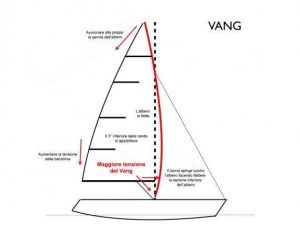
Furthermore, the flow indicators at the exit of the battens, if there are any, must also be parallel to the boom and show no signs of turbulence. From now on, we should continue to maintain a correct warp by hauling the kicking strap before hauling the mainsail.
We have seen that hauling the kicking strap bends the mast with a thrust towards the bow at the point where the boom is attached, i.e. the trough. What happens to the mainsail? The lower part of the mainsail becomes thinner, its concavity moves aft, and the sail luff next to the leech opens slightly, releasing wind pressure.
If the wind strengthens and you do not want to, or cannot, reduce or scarify it with the main sail traveler, you can haul the kicking strap and stretch the base, in order to reduce the heeling tendency.
In short. The function of the kicking strap is essential. By hauling it, the mainsail is smoothed out and its warp reduced. The result is a less heeling and less heeling boat. Optimum warp is achieved when the last batten of the mainsail is parallel to the boom.
Of course, the effects are different on different boats. On a large cabin cruiser, when sailing upwind the kicking strap is only pointed and is used from the transom onwards. On dinghies it is always fundamental and must be adjusted continuously.
Once upon a time it was a simple hoist, but today there are all kinds. The rigid one, now found on all medium-sized cabin cruisers, has introduced an extra element of safety, as it allows the boom to be supported when the mainsail is lowered, even if you forget to tension the furler, thus preventing the boom from falling onto the deck.
Sometimes, out of laziness, a rigid kicking strap is used as a topping lift even when in port. But be careful, this must not be done; the risk is to damage the expansion spring inside the cylinder, thus reducing its expansion capacity.
